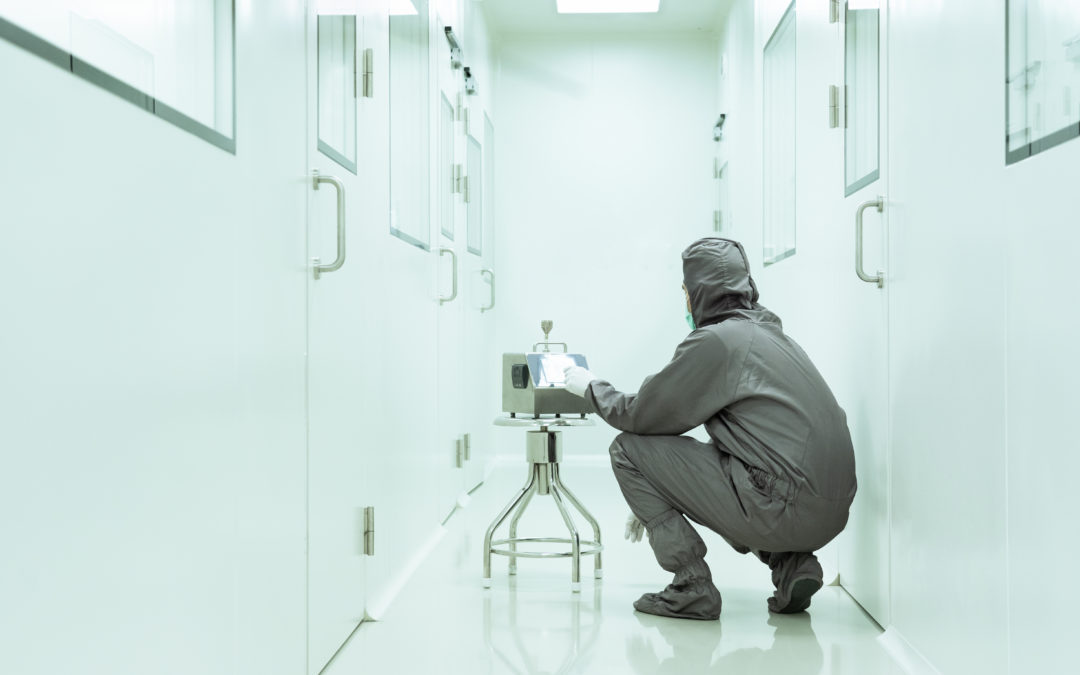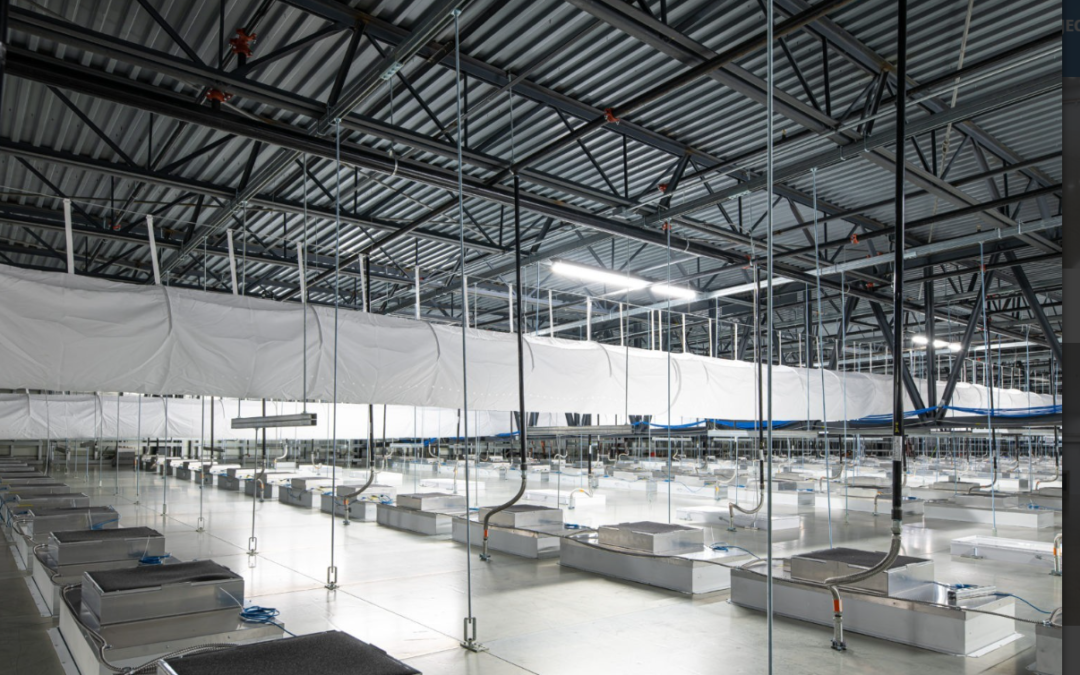
The Cleanroom Commissioning Process: Explained
What’s that? We’re here to fill you in.
What Is Cleanroom Commissioning & Why Is It Important?
Cleanroom commissioning is the practice of verifying that a cleanroom functions in alignment with its design intent and the user’s operational requirements. It’s a systematic process that involves thorough evaluation and documentation of designs, systems, and procedures.
Cleanroom commissioning is important because it helps to ensure a cleanroom operates as it’s intended and that all stakeholder expectations are met. It also ensures that components, machinery, and equipment within the cleanroom are approved by regulatory authorities and function appropriately.
Who Is Responsible for Cleanroom Commissioning?
Depending on the extensivity of the commissioning needed, commissioning can start at different points during the cleanroom build process. In most cases, it’s largely the responsibility of the customer/user to complete the commissioning process. The cleanroom provider can help provide necessary documentation, but is not involved much more than that.
However, a reputable cleanroom provider can help make the commissioning process successful by listening closely to customer specifications and delivering a high-quality solution that meets them.
5 Stages of the Cleanroom Commissioning Process
The cleanroom commissioning process can vary tremendously. It can be abbreviated and include just a few stages or types of commissioning, or it can be very in-depth and take longer than the entire cleanroom project. It’s all set forth by the customer, their specific commissioning requirements, and documentation needed for their project.
To give you a general sense of what the commissioning process could look like, we’ll outline five of the most common stages below.
1. Design
One step of the commissioning process happens before a cleanroom is constructed: design. The design stage is important because this is where project expectations are set.
Here are a few examples of expectations that are established during the design stage:
- Vision and requirements for the cleanroom
- Project and design goals
- Measurable performance criteria
- Budget
- Schedule
From there, a cleanroom provider steps in to create the preliminary cleanroom designs, keeping applicable standards, codes, and regulations in mind. Once drawn, stakeholders are given multiple chances to review and approve designs before installation begins.
2. Installation Verification
For modular cleanrooms with prefabricated components, installation verification is a two-part process. It begins offsite in the controlled environment where various modular components are engineered and manufactured. Here, the following tasks are performed:
- Verification that materials and equipment meet the original design intent
- Verification that materials and equipment meet industry standards
- Factory acceptance testing
Then, once the modular components are manufactured, they’re shipped to the site where they’ll be installed. Onsite, a few more tasks are performed:
- Site acceptance testing
- Verification that equipment and system start-up meet protocol requirements
- Verification of the test and balance report
- Assembly of the cleanroom in accordance with established protocols
- Creation of cleanroom maintenance manuals
3. Operational Verification
Operational verification is completed during three separate installation stages:
- As-built – The cleanroom structure, mechanical systems, and electrical systems are built, but the cleanroom is empty. There are no machines, equipment, or pieces of furniture in it yet.
- At-rest – All cleanroom components are in place, but nothing is running. No operators have started and run process systems.
- Operational: All cleanroom components are in place and operating with operators.
Throughout each of these sub-stages, tests are run to verify that cleanroom equipment and systems are operating in accordance with the design intent and sequence of operations. Staff also receive some training on how to operate certain machinery and systems.
4. Functional Verification
The functional verification stage is similar to the operational verification stage, but it focuses more on how the cleanroom and its systems function together. The following verifications are completed:
- Verification that all cleanroom equipment and systems operate per design intent and sequence of operations when integrated with each other
- Verification that all cleanroom equipment and systems fail as intended in the user’s established “failure cascade”
5. Post-Occupancy
Once the cleanroom has completed the first four stages, it’s ready to be used for its intended purpose. But the commissioning work isn’t entirely done. After the cleanroom is up and running, a few more tasks need to be completed by the user.
- Ongoing tests and maintenance (usually in alternate seasons)
- End of warranty inspections
- End of warranty interviews with cleanroom operators
- Creation of a recommissioning plan
10 Types of Cleanroom Commissioning
There are many different “types” of cleanroom commissioning — or in other words, many different tests and verifications that can happen during the commissioning process. Most of these tests and verifications are completed during the operational verification stage, but some are also completed again during the functional verification and post-occupancy stages.
Some of these commissioning tests and verifications are:
- HVAC
- Temperature
- Humidity
- Static pressure
- Differential/cascading pressure
- Vibration & noise
- Utilities
- Automation
- Alarms & interlocks
- Finishes (e.g. floors, walls, ceiling, doors, airlocks, lighting, etc.)
Again, the commissioning process often differs from one cleanroom to the next and one end user to the next. So while some cleanrooms may only undergo one or two of these tests, others may require much more.
Ready to Start Your Cleanroom Project? Contact Angstrom Technology.
Commissioning is an important process that ensures quality control within your cleanroom. While you’re responsible for completing the commissioning process, we’ll do our part by manufacturing, building, and installing a high-quality, per-spec cleanroom that sets you up for success. To learn more about our turnkey cleanroom design-build services, contact us online.






